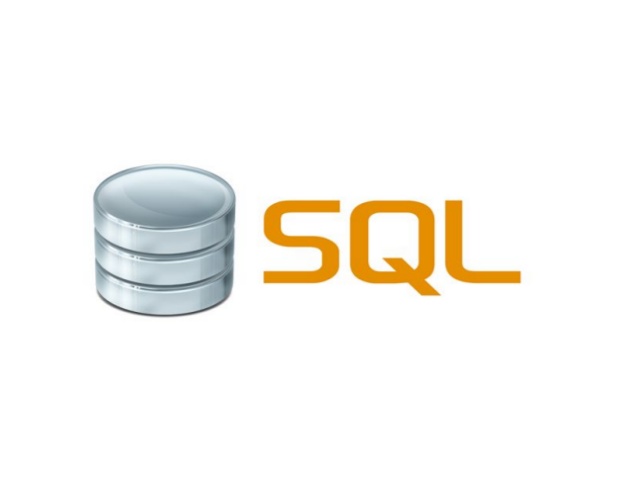Creating an optimal user experience is often the driving motivation of many developers and coders; after all, if our products and services aren’t helping people enjoy their online services as efficiently as possible, what’s the point of creating them? As many developers and coders are coming to realize, however, defining a user session to leave a positive impact on those who use your services is harder than it looks, and often comes with a myriad of obstacles.
Here’s how you can define user sessions with SQL successfully, and the key tips you’ll need to keep in mind as you do it to avoid failure.
Understanding user sessions
Before we begin exploring the specifics, it’s helpful to define our terms to come to a proper understanding of what we’re trying to do. For our purposes, let’s define a user session as those uninterrupted, bunched interactions users execute when using your application for a certain period of time. If the user in question downloaded some documents from the cloud, or spent a particularly long period of time on a certain webpage, we’ll be interested in that information as part of their broader user session.
Defining use sessions starts off with determining how long they are; any session that goes on for 30 minutes is likely worthless to you as a developer, meaning you can ignore data from them (for the most part). We’ll want to stick with relatively short time frames (think 10 to 30 minutes) to gleam useful information, such as how long your users remained on a given webpage, what they downloaded from it, and which areas of your app are used the most versus which are largely shunned.
That last bit is particularly important; transforming raw events into usable data is much harder than it looks, and you’ll want to keep a close eye on which features of a webpage users are avoiding, too, if you want to end up creating a useful application that users find seamless and beneficial to use. A well-defined user session will necessitate some changes to your database; you’ll need to rely on a LAG function to differentiate between the timestamps of current and previous rows, for instance.
You’ll want to browse your user database for your user_id column and figure out where the timestamp of an event took place, if you want to define a user session. Sometimes, coders are satisfied with considering a user session to be anytime someone opens a particular app; other times, coders will want specific information, like whether a user was actually active when an app was open. Chat boxes may be opened and closed many times by users using them to communicate with one another, for instance, without ever having a session end – meaning you’ll want to clearly establish what kind of data you’ll be looking at ahead of time to avoid wasting your efforts pursuing frivolous data.
Defining user sessions
The Google Maps marketing default time for any session is 30 minutes, which is the ideal middle ground for coders who are uncertain of where to begin. If you make your session too short, it’s not capturing useful data that can be leveraged later, while sessions that are too long are wasting their time capturing user inactivity, which is essentially worthless to coders. Ask questions about your app services, such as whether it’s used frequently and in short burst, or infrequently for long spells, before you begin to know how to define user sessions for your own app.
You don’t just need to define the start and end dates of a user session, however; you’ll also need to map every event in the session to ensure you’re getting access to all that valuable information you need. Check out a brief tutorial on how to map every event to a session if you’re struggling here.
Take an in-depth dive into the specific lines of code you’ll need to input if you’re still having troubles, and you may fare better. Above all else, remember to constantly remind yourself of your objectives; are you trying to determine how many times users initiated a certain action? Are you trying to determine which areas of your app are hotspots that see lots of user activity? If you’re not regularly bombarding yourself with questions like these, you won’t be able to adequately define your user session with SQL
This article has been pubished from the source link without modifications to the text. Only the headline has been changed.
Source link




